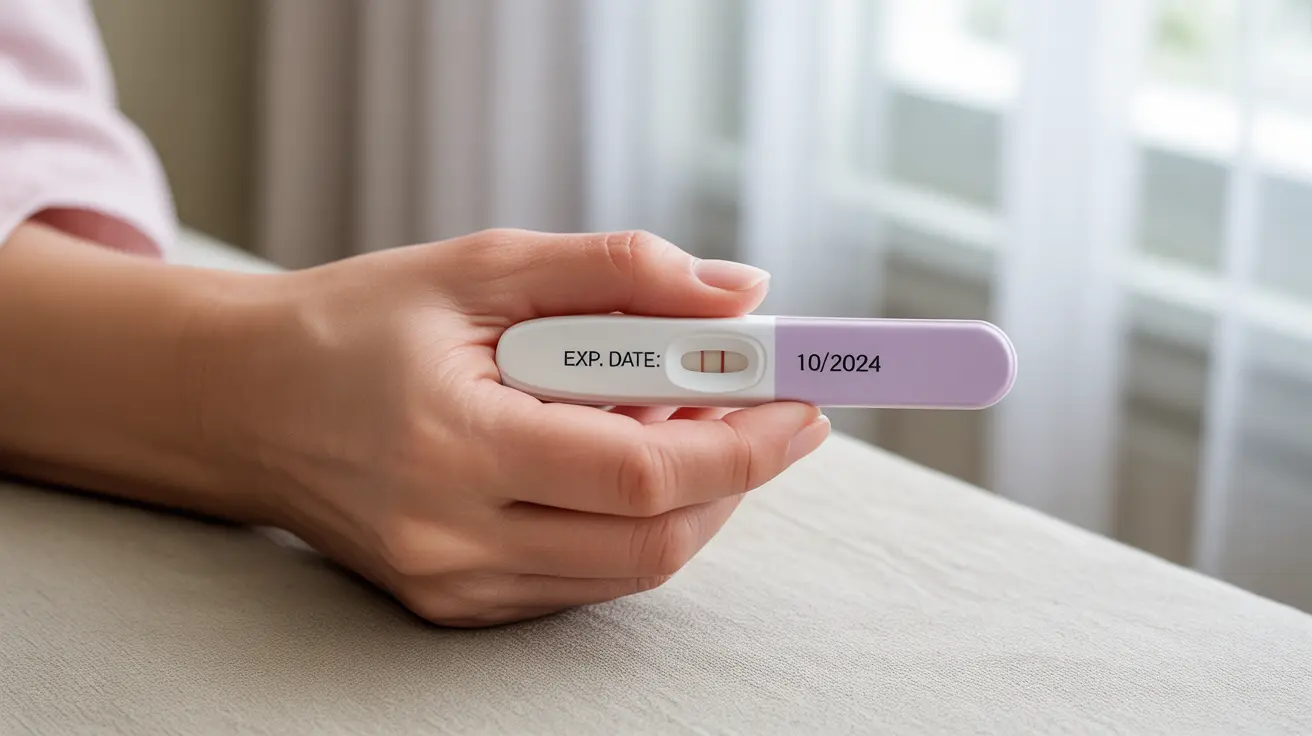When planning for pregnancy or suspecting you might be pregnant, having a reliable pregnancy test on hand is essential. However, many people don't realize that pregnancy tests have expiration dates that can affect their accuracy and reliability. Understanding how expiration dates work and what they mean for test results is crucial for anyone using home pregnancy tests.
In this comprehensive guide, we'll explore everything you need to know about pregnancy test expiration dates, proper storage, and how to ensure you're getting accurate results from your home pregnancy test.
How Long Do Pregnancy Tests Last?
Most pregnancy tests typically have a shelf life of 2-3 years from their manufacture date when stored properly. During this period, the chemical reagents in the test remain stable and capable of accurately detecting human chorionic gonadotropin (hCG), the pregnancy hormone, in urine.
The exact lifespan of a pregnancy test depends on several factors, including:
- Manufacturing quality and materials used
- Storage conditions
- Type of test (digital vs. traditional)
- Brand specifications
Understanding Pregnancy Test Components
To understand why pregnancy tests expire, it's important to know how they work. These tests contain several key components:
Chemical Reagents
The test strip contains specific antibodies designed to react with hCG hormone. Over time, these chemicals can degrade, potentially affecting the test's ability to detect pregnancy accurately.
Moisture-Sensitive Materials
The test strips and chemical components are sensitive to environmental conditions, particularly moisture. This is why proper storage is crucial for maintaining test accuracy.
Proper Storage Guidelines
To maintain the accuracy of pregnancy tests before their expiration date, proper storage is essential. Follow these guidelines:
- Store tests at room temperature (36-86°F or 2-30°C)
- Keep away from direct sunlight
- Avoid exposure to moisture
- Store in the original, sealed packaging
- Keep away from heat sources
Reading and Finding Expiration Dates
Manufacturers clearly mark expiration dates on pregnancy test packaging to ensure user safety and accuracy. These dates can typically be found:
- On the outer packaging box
- On the foil wrapper of individual tests
- Printed on the test device itself (in some cases)
Impact of Expired Tests on Results
Using an expired pregnancy test can lead to several potential issues:
False Negatives
The most common problem with expired tests is their increased likelihood of producing false-negative results, where the test fails to detect pregnancy even when hCG is present.
False Positives
Though less common, expired tests may also produce false-positive results due to degraded chemicals creating unexpected reactions.
Frequently Asked Questions
Do pregnancy tests expire and how long are they reliable after purchase?
Yes, pregnancy tests do expire. They are typically reliable for 2-3 years from the manufacture date when stored properly. After this period, the chemical reagents may degrade, affecting test accuracy.
What happens if I use a pregnancy test after its expiration date?
Using an expired pregnancy test increases the risk of inaccurate results, particularly false negatives. The chemical reagents may no longer react properly with hCG, leading to unreliable outcomes.
How does improper storage affect the accuracy of pregnancy tests before expiration?
Improper storage, such as exposure to heat, moisture, or direct sunlight, can degrade the test components even before the expiration date. This can lead to inaccurate results regardless of the expiration date.
Can expired pregnancy tests give false negative or false positive results?
Yes, expired pregnancy tests can give both false negative and false positive results. False negatives are more common due to degraded chemicals failing to detect hCG, while false positives can occur due to unexpected chemical reactions in expired tests.
Where can I find the expiration date on a pregnancy test package or stick?
The expiration date is typically printed on the outer box packaging, the foil wrapper of individual tests, and sometimes on the test device itself. Look for "EXP" followed by a date, or "Use by" notation.




